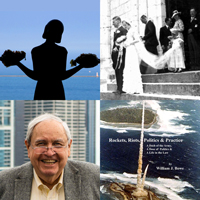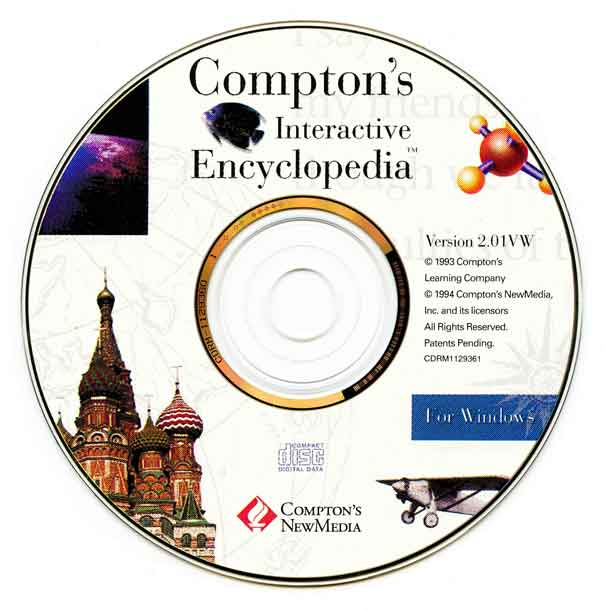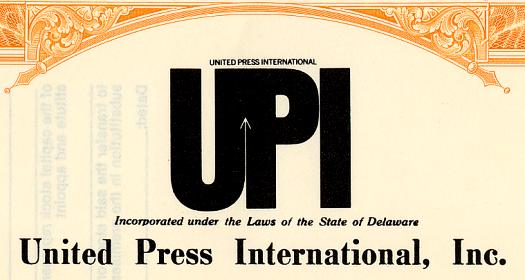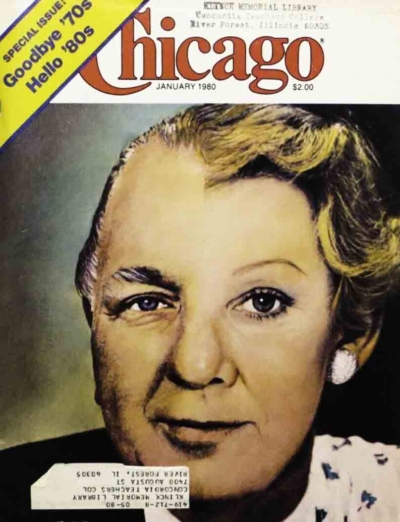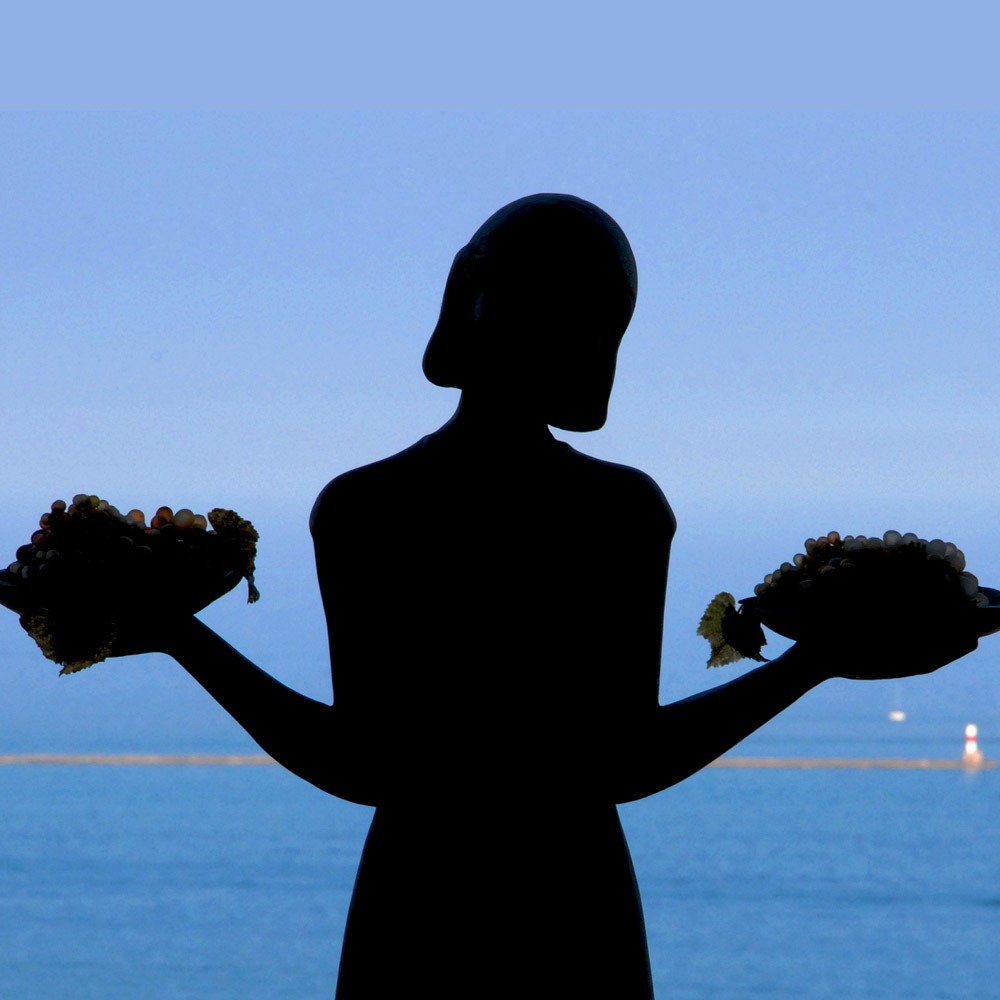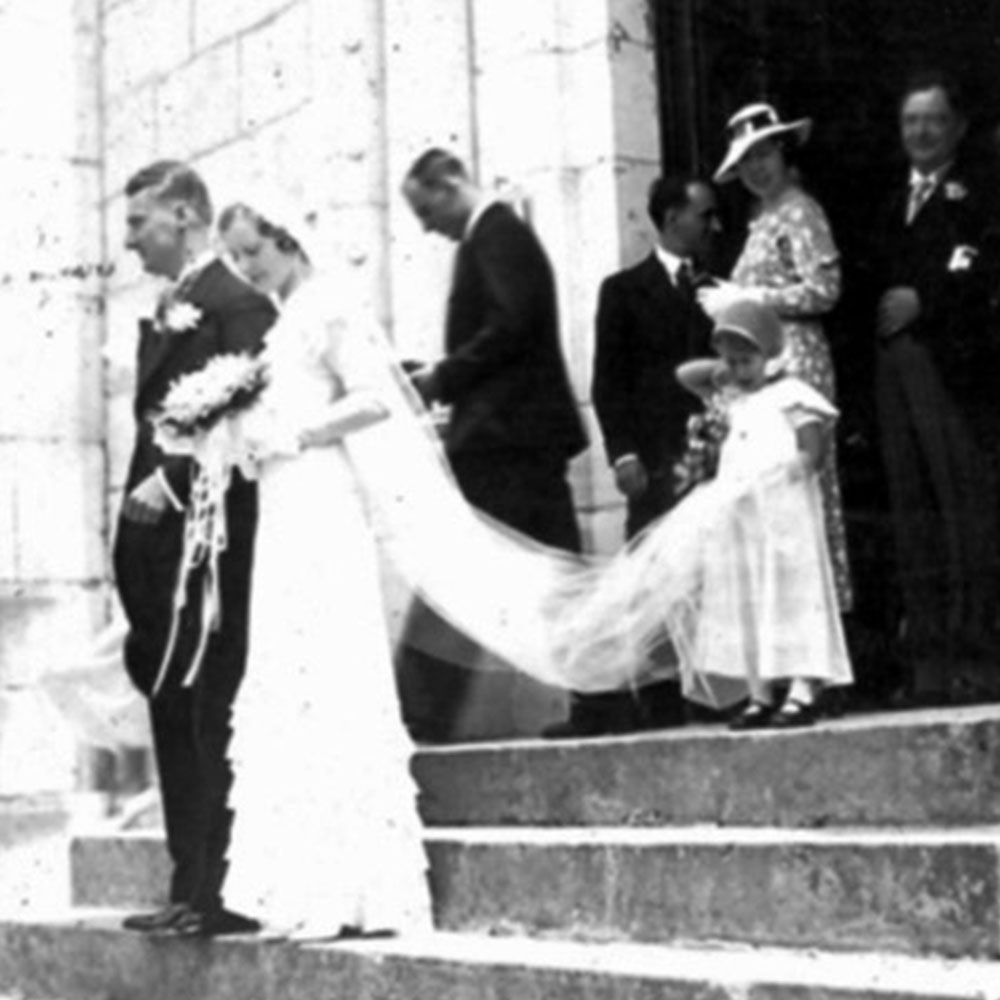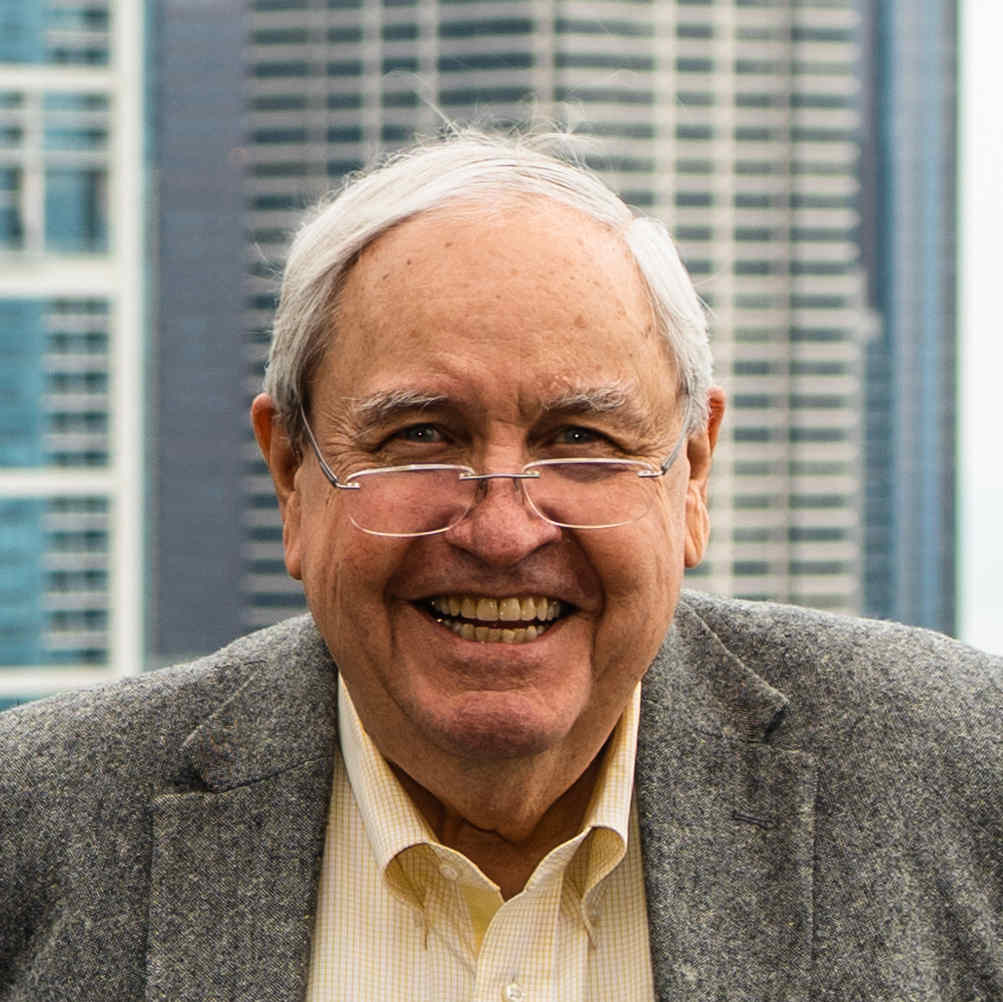After I left The Bradford Exchange in 1983, I briefly settled back into the private practice of law. Joining several of my former Roan & Grossman partners as Of Counsel, I worked in a La Salle Street office across from starchitect Helmut Jahn’s nearly completed State of Illinois Center building. This iconic structure housed the State’s offices in Chicago for the next three decades before the State abandoned it as a white elephant too costly to maintain. Inefficient in a city with real winters, it sat empty for most of another decade until Google rescued it from the wrecker’s ball and bought it in 2022 as a second Chicago headquarters. My strongest memory of this short period is not the legal work I did but rather being at eye level with the glass dome under construction atop the building’s dramatic 17-story atrium. It was impossible not to frequently stare out the window at the steel workers clambering along the yet-to-be-glazed skylight structure above the atrium. Their ballet-like, death-defying, angled tightrope walks were so gripping that anyone watching it for long could fairly be accused of having the morbid curiosity worthy of a Formula One fan.
Notwithstanding this distraction, I continued to do some carryover corporate work for Bradford and general legal matters for other clients. One matter in particular I remember working on was an odd problem that cropped up in the administration of an estate. My friend Arthur Cushman had recently started a long-planned vacation trip across the Canadian Rockies. He was headed westbound to Vancouver from Toronto on a Via Rail Canada train. He never made it. A contemporaneous police report said that not long after leaving Toronto he had been eating dinner in the dining car when he suddenly stood up, grabbed his chest, collapsed, and died. Though only in his early 50s, I knew he had had heart troubles in the past, but the report of his sudden death had come as a shock to me and all those who knew him.
The executor of his estate retained me to track down several missing items known to be on his person when he died. Strangely, they had not been on him when his remains were claimed by next of kin. One item was a money belt that he always wore travelling. It was said to have $200 of mad money in it. The other missing item was of more sentimental value, a gold bolo sheep’s head tie clasp that was always a part of his informal string tie attire.
The train crew had promptly passed on news of the development to Via Rail’s faraway dispatcher, who in turn contacted authorities in the first available stopping place along the route. Cushman was tall and very heavy and, when I later talked to the local sheriff, I learned that his corpse had been offloaded from the train with some difficulty. The body was put in an ambulance in a sparsely populated location and driven to the nearest mortuary.
The sheriff took my report of the missing items seriously and, amazingly enough to me, he mostly solved the mystery of the missing items. It turned out the ambulance driver and his assistant couldn’t resist temptation. It had been a dark night when they picked up the body after all, and the only other person around them as they drove to the undertakers would never be able to tell the tale of their filching.
Confronted by the law, they had given up the gold bolo tie clasp without ado, disclaiming any knowledge of what might have happened to the cold, hard cash. Although I never found out, my guess is that in return for giving up the clasp, the high sheriff let the matter ride.
My priority in this period was to find another corporate law position. In pursuit of this goal, I began to talk to friends and family and other lawyers I knew for advice and pointers to possible opportunities. One of those I talked with was a classmate of mine at the University of Chicago Law School, Linda Neal (then Linda Thoren).
One of the few women in the class besides Bernardine Dohrn that graduated with me in 1967, Linda had first worked in the development office of the University and later at the Art Institute of Chicago. At this time, she was an associate in private practice with the large Chicago law firm of Hopkins & Sutter. There she was doing legal work for clients of Cordell Overgaard, a partner later representing the United Press International wire service.

